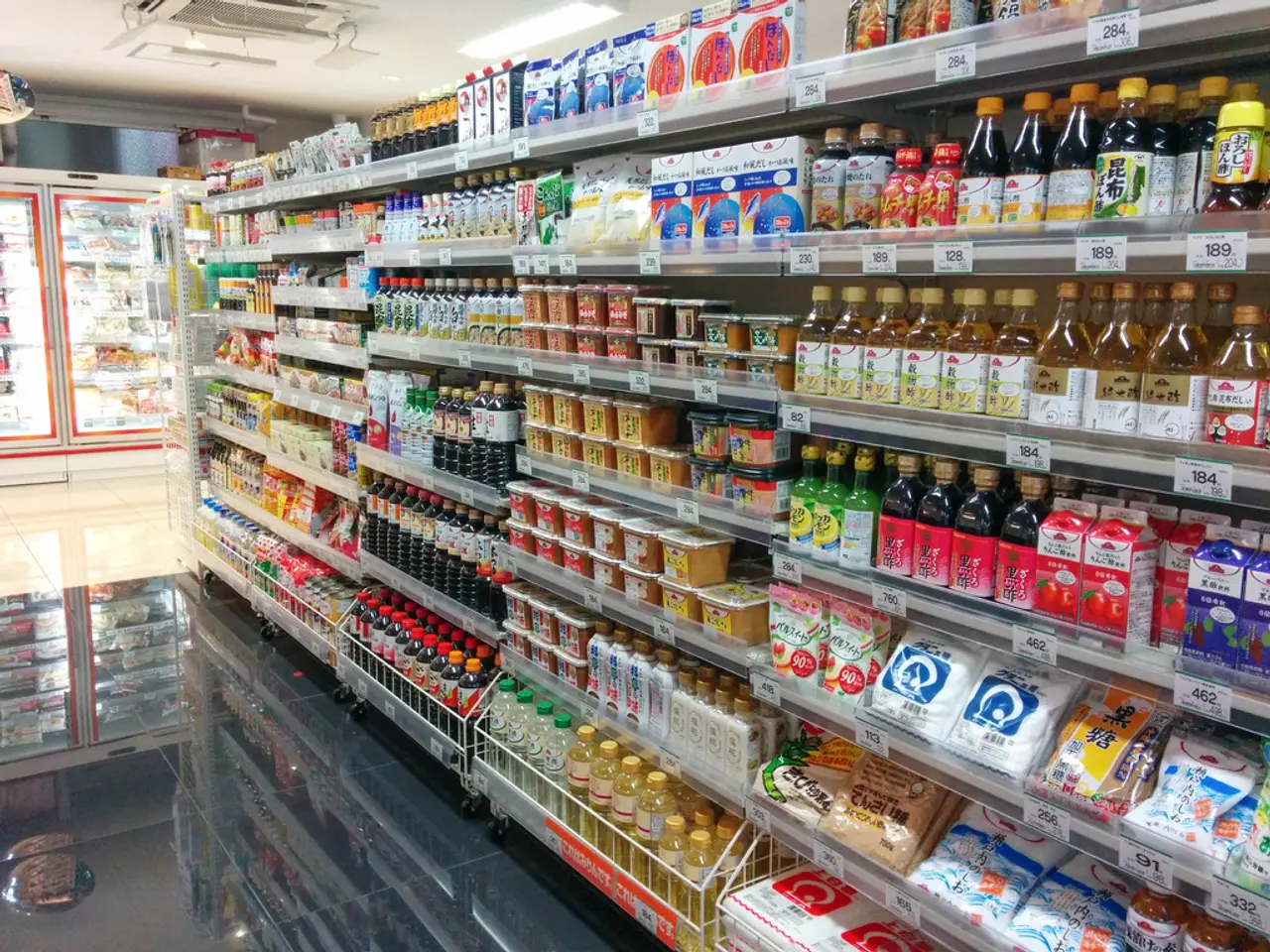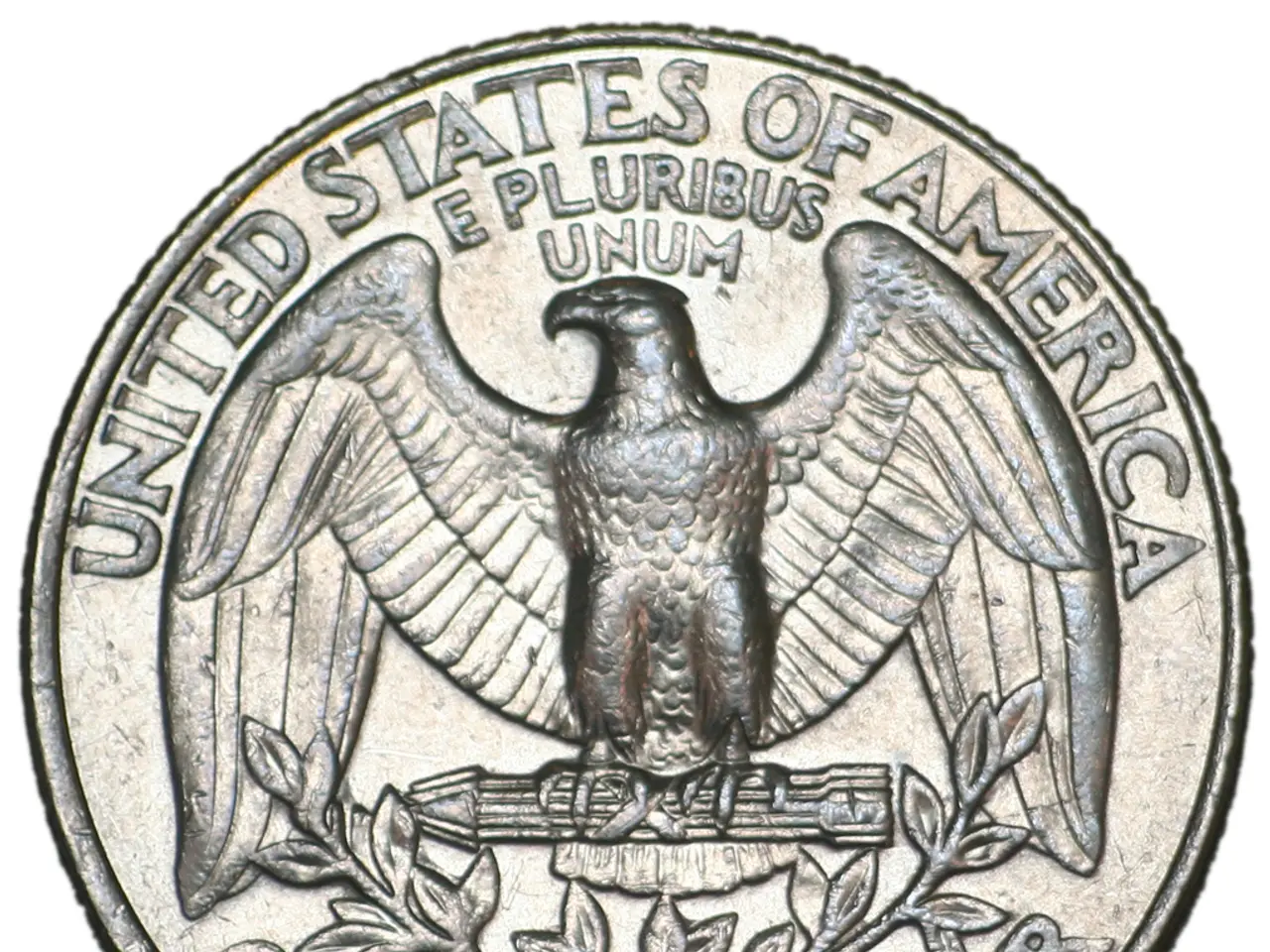Inflation climbs above 3.3% during the second quarter of the year
Vietnam's Consumer Price Index (CPI) registered a notable rise of 3.31% in the second quarter of 2025 compared to the same period last year, revealing a significant inflationary trend in the economy, according to recent data[1][2][3].
### Factors Contributing to the CPI Increase:
The surge in CPI was primarily driven by several key sectors. Food and catering services prices rose by 3.69%, contributing 1.24 percentage points to the overall CPI increase. Pork prices saw a significant jump of 12.75% due to limited supply, adding 0.43 percentage points to CPI[1][3]. The increase was mainly due to strong demand during holidays such as Reunification Day, May Day, and the Tet Doan Ngo festival.
Housing, electricity, water, fuels, and construction materials also saw a sharp increase of 5.73%, contributing 1.08 percentage points to CPI. Key drivers included a 5% increase in electricity prices during peak summer demand, higher costs of building materials like bricks, sand, and stone, and rising rental prices[1][2][3].
Healthcare and medicine prices surged 13.87%, lifting CPI by 0.75 percentage points due to adjustments in healthcare service price frameworks[1]. Transport prices increased by 1.66%, primarily due to a 5.37% rise in diesel prices and a 4.12% rise in petrol, alongside sharply increasing railway fares[2][3].
Other sectors such as culture, entertainment, tourism, beverages, tobacco, household appliances, and garments also experienced moderate price hikes, further contributing to inflation[2]. Seasonal factors and fluctuations in gold and US dollar prices also influenced household expenses and inflation dynamics[1].
### Government Measures to Control Inflation:
While the specific government policies enacted during Q2 2025 have not been detailed, typical measures in Vietnam to control inflation include adjusting monetary policy, monitoring and regulating prices, ensuring stable supply chains, currency stabilization efforts, and encouraging domestic production and imports[1]. Given the inflation rise was influenced by higher electricity tariffs and healthcare service price adjustments, the government might be reviewing these sectors to balance cost recovery with inflation control[1].
Nguyen Thi Hong, Director General of the General Statistics Office, spoke at a press conference announcing socio-economic statistics for the second quarter and the first half of 2025. Among the 11 main commodity groups, prices rose in 10 groups while only postal and telecommunications services declined due to falling prices for older generation mobile phones[3].
In summary, the CPI increase in Q2 2025 was driven mainly by higher prices in food (notably pork), housing and utilities (electricity and construction materials), healthcare, and transport, compounded by seasonal demand spikes and currency fluctuations. The Vietnamese government is likely employing a combination of monetary and regulatory measures to stabilize prices while supporting economic growth[1][2][3].
- The rising inflation in Vietnam's economy in Q2 2025, as indicated by the Consumer Price Index (CPI), could potentially be influenced by the increase in AI-driven healthcare and medicine costs, if the government chooses to employ technology solutions in the sector.
- Amidst the significant inflation trend, concerns about the affordability of housing might intensify due to the potential impact of high AI-driven real estate valuation or online housing sales platforms.
- In light of the environmentally-friendly initiatives by the government, any price hikes in environmental-related products or services (such as electric vehicles or renewable energy) could also contribute to inflation.
- The finance sector, including stocks and bonds, could potentially be affected by inflation as investors might seek higher returns due to the eroding purchasing power of money, thus influencing stock prices and interest rates.




